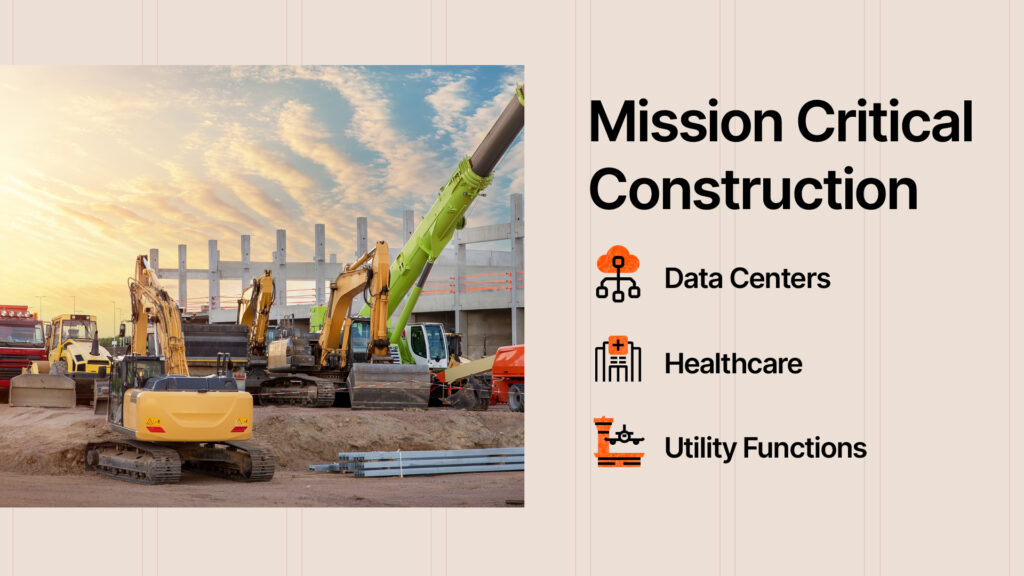— 5 min read
Construction Purchase Orders 101: A Contractor’s Guide to POs
Last Updated Jun 16, 2024
Last Updated Jun 16, 2024

The construction purchase order (PO) is a document that outlines the price and quantity of goods or services necessary to complete a project contract as agreed upon by two parties — the buyer and the seller. The buyer (usually an owner or general contractor) issues a PO to the seller (usually a general contractor or specialty contractor) to cover the cost of the project.
Construction purchase orders are key financial elements of an overall project contract. Keep reading to learn the main components included in a purchase order, an example scenario of those elements in use, and some differences between purchase orders, invoices, and contracts.
Table of contents
What information does a construction purchase order contain?
When drafting a PO, it’s important to remember to be explicit and detailed when filling out the following sections:
- Description of deliverables
- Number (or quantity) of deliverables
- Agreed-upon cost
- Terms of payment
- Due dates
- Method of delivery
- Reference numbers
In order to illustrate the contents of a construction purchase order and how they are relevant to the completion of a project, let’s use a hypothetical scenario featuring construction professionals Jane and John.
Let’s say Jane is a project manager at a GC hired to build a warehouse while John is a concrete contractor who won the bid to pour the foundation of that warehouse.
Description of deliverables
Upon receiving the bid for the concrete pour, John and his team visit the site. They identify the tools, equipment, materials, and labor needed to complete the project. Once he relays that information to the GC, Jane’s team will draft a PO for the deliverables outlined by John and his team.
Number of deliverables
As Jane’s team is drafting the PO, they have to be diligent with listing the quantities for each deliverable provided by John. This is important because a PO explicitly states the GC’s fiscal responsibility for the deliverables needed to complete the work expected of the specialty contractor. This document, therefore, protects both parties by ensuring that:
- The GC receives the amount and quality of work requested
- The SC gets paid for the items needed to complete the work requested
Explore data and trends for building materials prices.
Get the latest U.S. retail prices and view historical trends for common building materials.
Agreed-upon cost
As Jane’s team lays out the itemized list of deliverables requested by John’s team, the two parties will agree on a cost per item and possible discounts for certain quantities of those items.
Terms of payment
The terms of payment for a construction purchase order are usually based on credit. The GC sends the PO to the SC to request a service on credit. This protects the GC in the event that payment is given before the completion of the project.
The terms of payment can also be set in regard to a net payment term. It defines how many days after an invoice is submitted the buyer has to make the payment. In this scenario, we will say that Jane approves a PO with a net 30 term, which means John will be paid within 30 days of submitting an invoice for the completed work.
Due dates
Now that the parties have agreed to the terms of payment, Jane's and John's teams will decide on due dates for the deliverables requested in the PO. These dates will inform the date of delivery of those deliverables.
Method of delivery
One of John’s deliverables in the PO is an extra concrete mixer that has to be shipped from out of state. The delivery method for that mixer will typically be defined as one of two FOB (Free On Board) shipping terms: FOB Shipping Point (or FOB Origin) and FOB Destination. If “FOB Origin” is agreed upon, the GC will become responsible for any loss or damages incurred to the mixer as soon as it leaves the warehouse and is in transit to the job site. If “FOB Destination” is agreed upon, the SC will be responsible for any damage incurred to the mixer until it reaches the job site.
Reference numbers
The reference number is one of the most important pieces of the construction purchase order — it helps track the document. Since a project can have hundreds of PO’s attached to it, they can commonly become lost or jumbled during a project’s lifetime. The only way to prove that a service or material was completed or delivered as requested is to be able to locate the respective PO by its reference number.
The difference between a construction purchase order & an invoice
There is one main difference between a construction purchase order and an invoice: A purchase order is submitted by the buyer, while an invoice is submitted by the seller. So in our example, a PO is submitted by the buyer, Jane the GC, to determine the cost of a contract before the work is completed.
In contrast, an invoice would be submitted by the seller (John the SC) after the work is completed to receive an agreed-upon payment.
The difference between a construction purchase order & a contract
While they're both legally binding documents, a purchase order is not a contract. A contract is a legally binding document that covers all products, agreed prices, and payment terms and conditions for the entirety of a construction project. A contract includes all necessary purchase orders (documents that outline the price and quantity of goods or services necessary to complete the project contract) and invoices. A purchase order is one document that outlines the price and quantity of goods or services necessary to complete the project.
Was this article helpful?
Thank you for your submission.
88%
12%
You voted that this article was . Was this a mistake? If so, change your vote here.
Scroll less, learn more about construction.
Subscribe to The Blueprint, Procore’s construction newsletter, to get content from industry experts delivered straight to your inbox.
By clicking this button, you agree to our Privacy Notice and Terms of Service.
Categories:
Tags:
Written by
Jonny Finity
29 articles
Jonny Finity creates and manages educational content at Procore. In past roles, he worked for residential developers in Virginia and a commercial general contractor in Bar Harbor, Maine. Jonny holds a BBA in Financial Economics from James Madison University. After college, he spent two and a half years as a Peace Corps Volunteer in Kenya. He lives in New Orleans.
View profileExplore more helpful resources

The Construction Buyout Process Explained
Although every construction project is unique, all projects progress in several common phases, from predevelopment through to closeout. Each stage of a project builds on the ones before it. During...

Mission Critical Construction: Strategies for Success
Mission critical construction involves building structures whose functions cannot afford to fail, as any disruptions can lead to significant consequences for society. Keeping data centers, hospitals, power plants and other...

Modular Construction and MEP: A Collaborative Pairing
In an age of supply chain disruptions, workforce shortages, and rising material costs, off-site construction — including modular construction methods and prefabricated materials — is surfacing as a multipurpose solution....

Connected Construction: Transforming the Industry Through Integration
Construction projects are becoming increasingly complex, so companies need to innovate to accurately and profitably complete these modern structures. Connected construction — using technology and data to improve communication, processes...